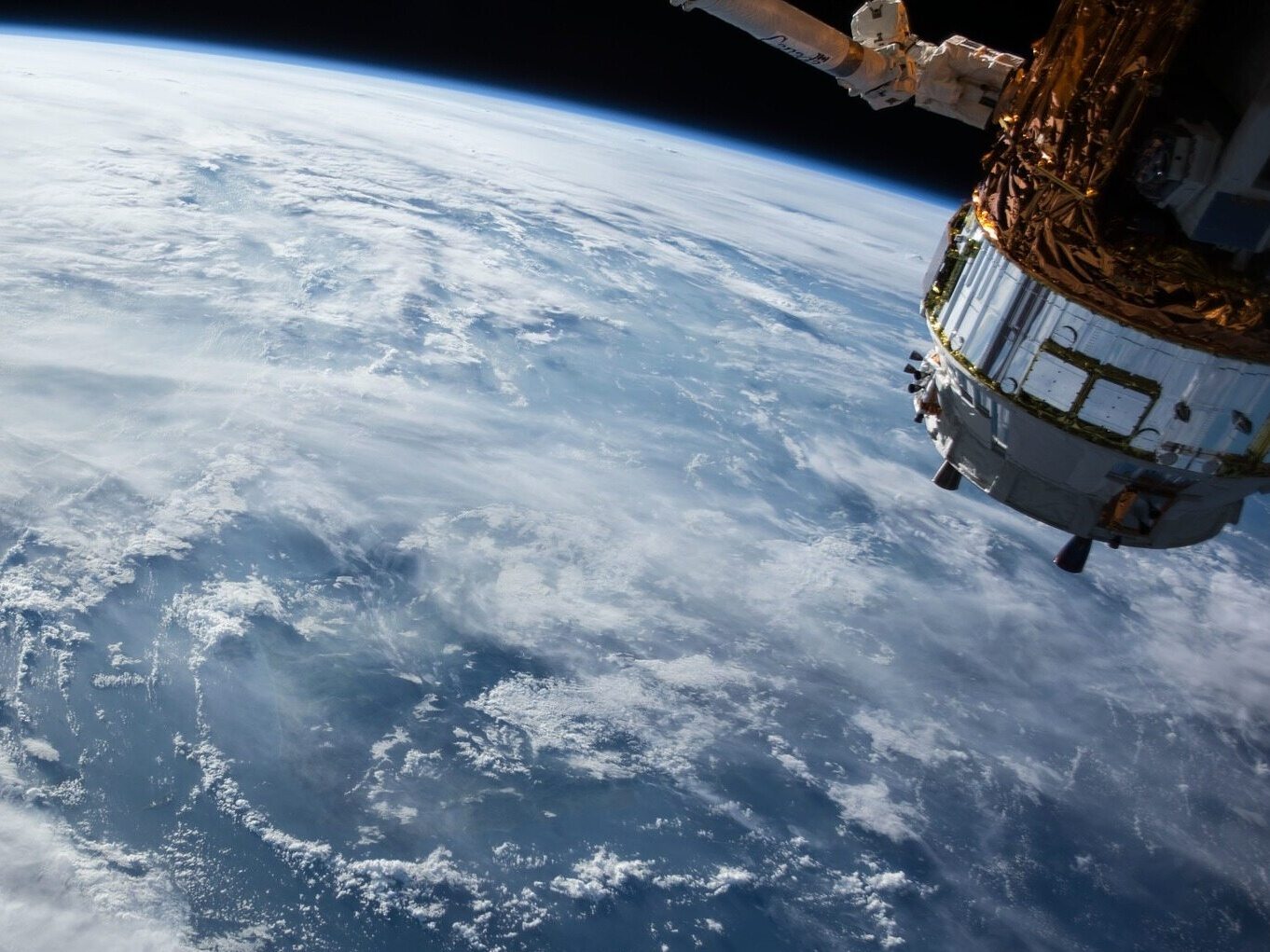Initially, astronomers primarily discovered gaseous planets that orbited relatively close to their stars. Due to their size, they reflect most of the light, making them easily visible in the glare of their host stars. However, over time, observing instruments became better and better, thanks to which we also began to discover smaller planets, including rocky planets, similar to the Earth in size and mass, although among them we also found gas giants and Earth-like planets. Planets that have no counterpart in the solar system, such as giant planets, sub-Neptunian planets, and many others.
Read also: Life on Earth can be observed from space. And up to 2000 stars
The James Webb Space Telescope, the newest leading space observatory, was recently used to study the planet K2-18 b, which was discovered by the Kepler space telescope eight years ago. Scientists were prompted to take such a step by research conducted using the Hubble Space Telescope. It was he who decided that we are dealing here with a sub-Neptune, which orbits in the habitable zone of its star (i.e. where liquid water could theoretically exist on the planet’s surface), and which has a quite promising atmosphere.
What is K2-18b?
According to our current knowledge, it is an exoplanet with a mass 8.6 times the mass of the Earth and a size 2.6 times the size of the Earth, orbiting a cold dwarf 120 light-years away in the constellation Leo. It is a planet surrounded by a thick atmosphere rich in hydrogen. According to scientists, we are dealing here with a planet covered by a global ocean.
It happens that this planet revolves around its parent star in such a plane that every time it rotates, from our point of view, it passes in front of the disk of its star. This allows scientists to study the chemical composition of the star when the star is not present and then re-examine it during this transit. Additional compounds that will appear in the star’s spectrum, in the latter case, according to astronomers, come from the planet’s atmosphere, through which part of the star’s radiation passes. In this way, you can effectively know the chemical composition of the atmosphere. If an instrument like the James Webb Space Telescope were used for such research, the results could tell us a lot about a planet we’ve never seen directly before.
James Webb spotted…
w Latest published article In the periodical Astrophysical Journal Letters A team of astronomers led by Nikko Madhusudan of the University of Cambridge points out that the James Webb Space Telescope, while examining the planet Hycean (Hycean is a combination of the name hydrogen (H) and the word ocean) K2-18 b, detected methane and carbon dioxide present in its atmosphere. . Moreover, ammonia does not exist in the same atmosphere. This chemical composition points to the theory that there is a global ocean beneath the hydrogen-rich atmosphere.

Furthermore, the potential discovery of dimethyl sulfide makes the planet very interesting. Why? On Earth, dimethyl sulfide is produced only in biological processes. Moreover, most of this chemical in our planet’s atmosphere is emitted by phytoplankton in the oceans.
Scientists are already planning further observations to confirm the presence of this specific chemical compound in the atmosphere of this wonderful planet. It is worth noting here that all the above results were reached on the basis of only two observations of K2-18 b, and additional observations may allow us to determine whether we are really dealing with the most interesting exoplanet of all the exoplanets examined so far.

Echo Richards embodies a personality that is a delightful contradiction: a humble musicaholic who never brags about her expansive knowledge of both classic and contemporary tunes. Infuriatingly modest, one would never know from a mere conversation how deeply entrenched she is in the world of music. This passion seamlessly translates into her problem-solving skills, with Echo often drawing inspiration from melodies and rhythms. A voracious reader, she dives deep into literature, using stories to influence her own hardcore writing. Her spirited advocacy for alcohol isn’t about mere indulgence, but about celebrating life’s poignant moments.


![Matura 2022: Leaks from Budelassi. Everything is on Twitter and the Internet. “This time of year is coming…”. You can’t miss it before the final exams! [3 maja 2022] Matura 2022: Leaks from Budelassi. Everything is on Twitter and the Internet. “This time of year is coming…”. You can’t miss it before the final exams! [3 maja 2022]](https://www.moviesonline.ca/wp-content/uploads/2022/05/1651536195_Matura-2022-Leaks-from-Budelassi-Everything-is-on-Twitter-and.jpg)






